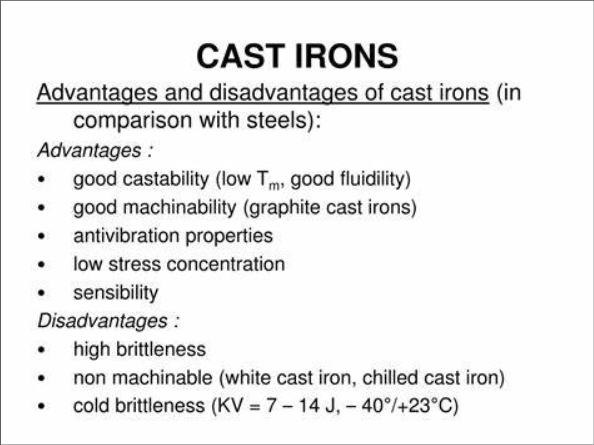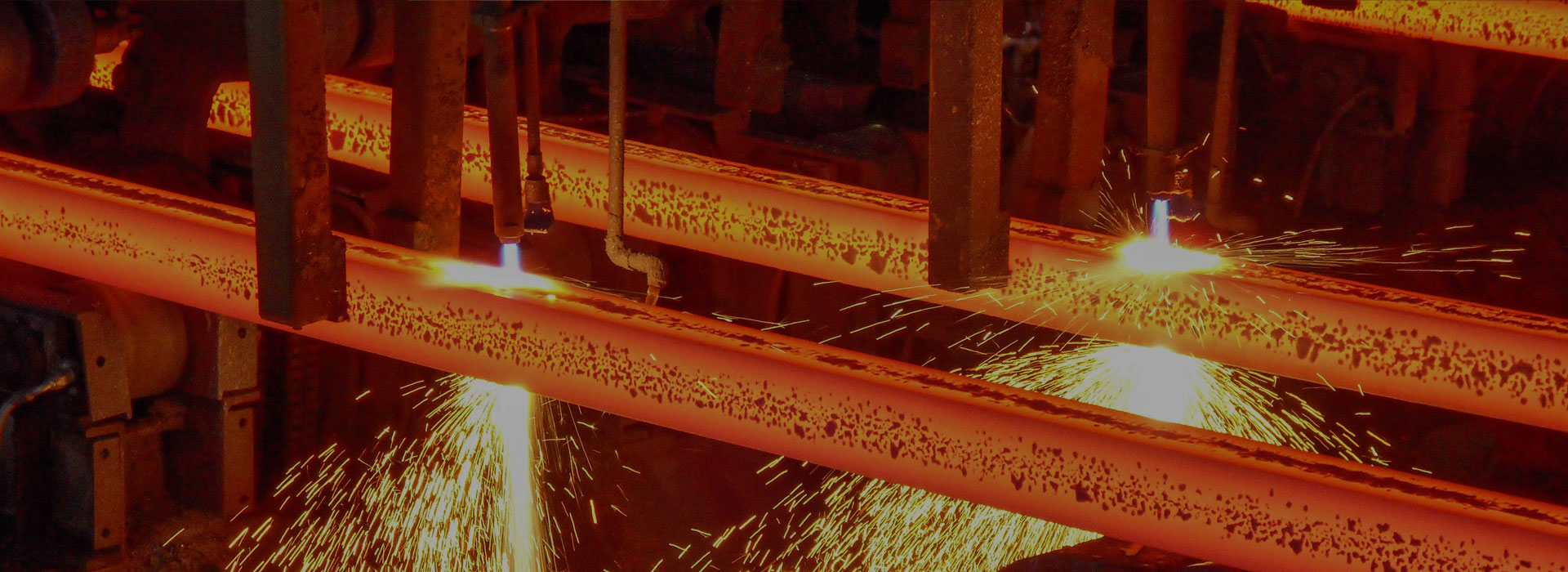Advantages and Disadvantages of Iron Casting
2024-06-10
Versatility: Iron casting can be used to create complex shapes and designs, making it a versatile option for a wide range of applications.
Strength: Iron is a strong and durable material, making iron castings ideal for applications where strength and durability are important.
Cost-effective: Iron casting is a cost-effective method of production, especially for large quantities or complex shapes.
Heat resistance: Iron has high heat resistance, making it suitable for applications that require high temperatures.
Machinability: Iron castings can be easily machined and finished to achieve tight tolerances and smooth surfaces.
Disadvantages of Iron Casting:
Weight: Iron is a heavy material, which can make iron castings heavier and more difficult to handle compared to other materials.
Porosity: Iron castings can be prone to porosity, which can affect the quality and integrity of the final part.
Machining costs: While iron castings can be machined easily, the machining process can add to the overall cost of production.
Limited design flexibility: While iron casting is versatile, there may be limitations in terms of design flexibility compared to other casting methods.
Environmental impact: The production of iron castings can have a significant environmental impact, as it requires high energy consumption and can produce emissions.




